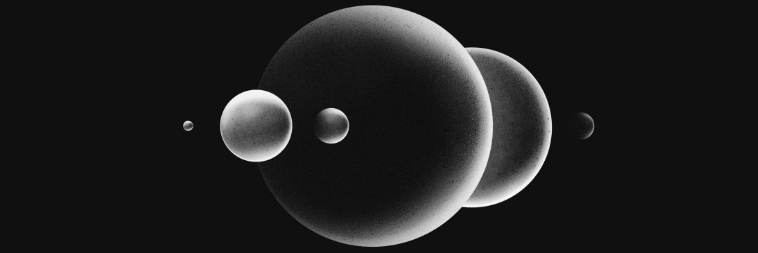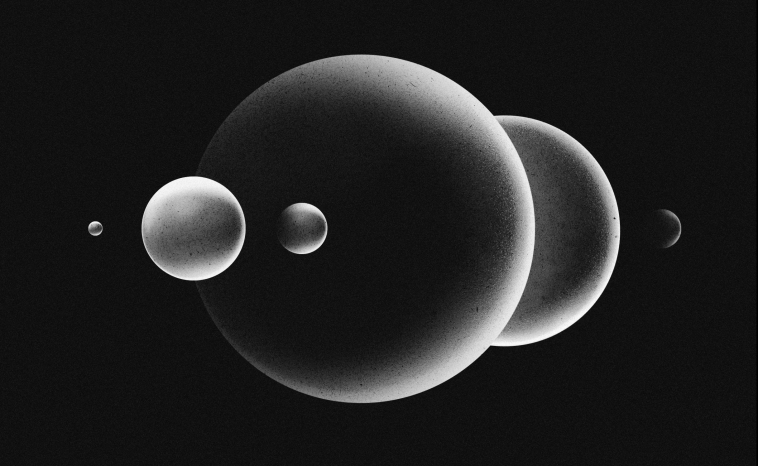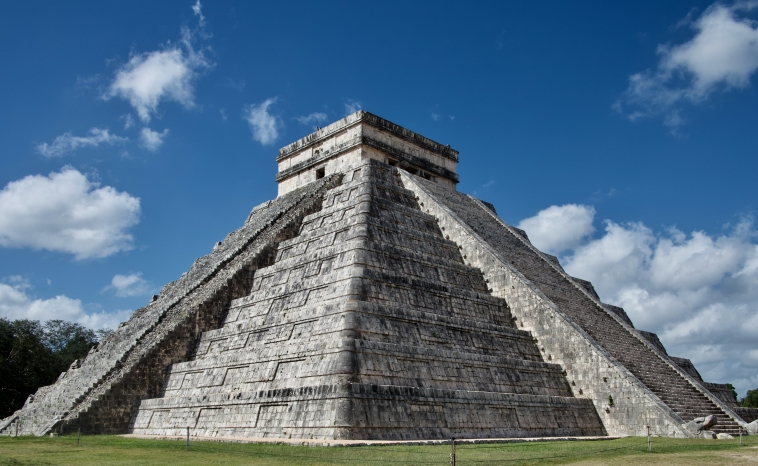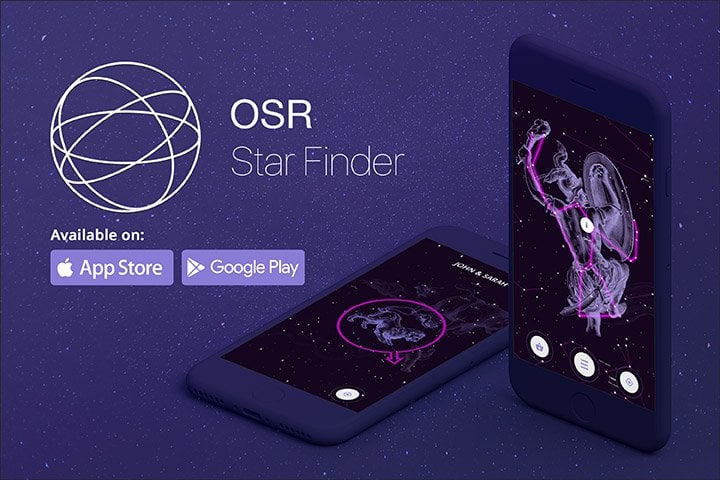How to See June’s Planetary Alignment in the UK

In this article, we’ll tell you everything you need to know about June’s planetary alignment and discuss how you can view the event from the UK.

In the early hours of Monday, 3rd June 2024, six celestial bodies—Jupiter, Mercury, Uranus, Mars, Neptune, and Saturn—will line up in a breathtaking planetary alignment visible from the UK. This marvellous parade will be at its clearest around an hour before sunrise, at approximately 4:47 AM, but fear not if you miss it on the exact day; it will be visible a couple of days before and after 3rd June.
So, let’s delve into all the details of this mesmerising spectacle and look at some handy tips on how you can observe it!
Key Takeaways
Times and Duration
- Six planets—Jupiter, Mercury, Uranus, Mars, Neptune, and Saturn—will appear in the night sky in planetary alignment on 3rd June 2024.
- Weather permitting, the best time to observe will be around an hour before sunrise on 3rd June, which occurs at 4:48 AM. However, the spectacle will also be visible in the days surrounding this date.
- Arrive early and give yourself at least half an hour to let your eyes adjust to the darkness.
Location
- Find a spot with a clear, unobstructed view of the eastern horizon. Hilltops and open fields are ideal.
- Avoid areas with heavy light pollution. National parks and rural locations are perfect for stargazing.
Equipment Essentials
- A good pair of binoculars can enhance your viewing experience, bringing the planets into sharper focus.
- If you have access to a telescope, even better! It will allow you to see some of the planets’ finer details, such as Jupiter’s moons or Saturn’s rings.
- Use stargazing apps like the OSR Star Finder App to help identify each planet and track their alignment.
What Is a Planetary Alignment?
A planetary alignment occurs when some of the planets in our solar system appear to line up in the sky from our perspective here on Earth. This celestial choreography happens because the planets orbit the Sun in roughly the same plane, known as the ecliptic. While they don’t align perfectly due to their varying distances and orbital speeds, they can appear in a straight line or a gentle arc, making for a spectacular sight through telescopes or even the naked eye.
Next week’s alignment is particularly special due to the number and variety of planets involved, featuring both distant gas giants like Neptune and closer, brighter planets like Jupiter and Mars.
Planetary Alignments Throughout History

Planetary alignments have fascinated humanity for millennia and have been an important element in the mythology, astrology, and history of various civilisations. Ancient cultures interpreted these alignments as omens or messages from the gods. For example, the Mayans meticulously tracked celestial movements and considered planetary alignments as significant events that influenced their calendar and culture.
The most famous planetary alignment in recent years was the Great Conjunction of 2020, where Jupiter and Saturn appeared closer than they had been in nearly 800 years. This rare event captured the world’s attention and sparked excitement among stargazers.
When Will the Planetary Alignment be Visible?

The planetary alignment will be visible a few days before and after the peak date of 3rd June 2024. The best time to observe this spectacle is during the pre-dawn hours, roughly an hour before sunrise at 04:48.
Given the early morning schedule, an unobstructed eastern horizon is crucial for optimal viewing. Locations with minimal light pollution will offer the clearest sights. Ideally, a vantage point away from city lights, such as open fields, hills, or coastal areas, will enhance your experience.
How to Observe the Planetary Alignment

While you can enjoy a planetary alignment without any special equipment, having a telescope or binoculars will significantly enhance your viewing experience. Telescopes will allow you to see more detailed features of the planets, such as the rings of Saturn or the moons of Jupiter. Though less powerful, binoculars will also offer an enhanced view of the event and are more accessible for amateur astronomers.
First, ensure your viewing site has a clear, unobstructed view of the eastern horizon. If you happen to live in a convenient location, the event is a great excuse to visit one of the UK’s Dark Sky sites. Check weather forecasts to avoid clouds or mist that could obscure the sights. Begin setting up your equipment well before the optimum time to allow your eyes to adapt to the darkness. If using a telescope or binoculars, calibrate them to ensure they are focused correctly.
In addition, enhancing the observation experience with a star chart or a stargazing app, like the OSR’s Star Finder App, can be greatly beneficial. These tools can help locate the planets and identify other celestial objects appearing in the night sky. Lastly, dress for the weather conditions in your area, bring a comfortable seat, and perhaps a warm beverage—observing the planets is a serene experience that deserves your comfort and delight.
OSR Star Finder App

A planetary alignment is a wonderful reminder of the beauty and scale of our universe. Whether you’re an avid astronomer or a casual stargazer, June’s alignment offers a unique opportunity to connect with the cosmos. So, set your alarms, gather your binoculars or telescope, and find the perfect spot to witness this celestial marvel!
Ready to dive deeper into the wonders of the universe? The OSR Star Finder App is your ultimate guide to navigating the night sky. Discover planets, constellations, and more with just a few taps. Don’t miss out on enhancing your stargazing experience. Down the app now and let the stars come alive in your hands!

